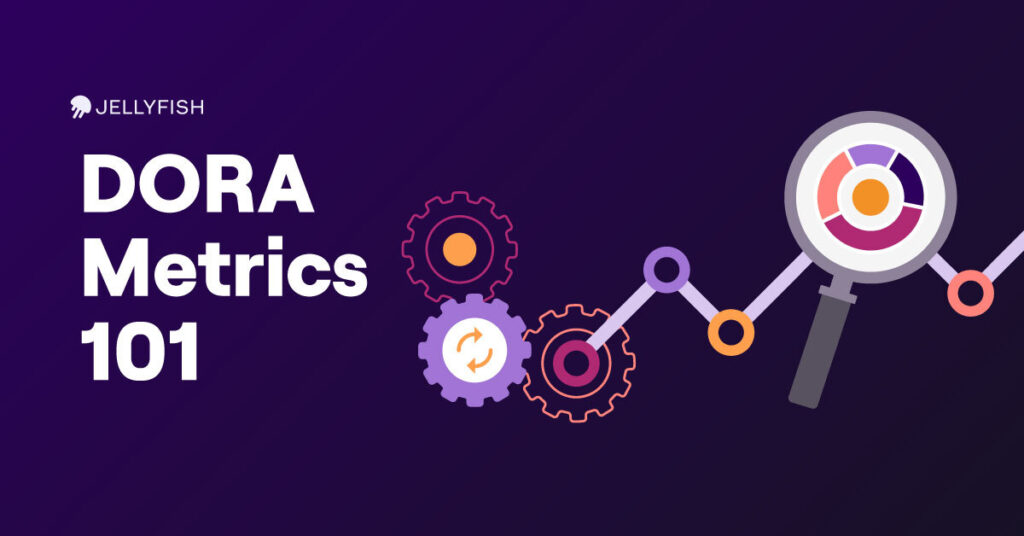The task at hand: brief your executives and the board on the progress you’ve made this quarter. Leaders and board members want to see what it is your team is working on. More importantly, they want to ensure that engineering work is aligned with strategic business priorities. This can put engineering leaders in a tough spot. You may have a good idea of what and how your team is doing, but how do you present this to the business and board members? How do we convey this information? Can you do it in a visually engaging or data-driven way? In this post, we’ll discuss our recommendations for how to present this topic of R&D Investment Distribution from the 5 Slides Every R&D Leader Should Show at Board Meetings.
Presenting R&D Investment Distribution & Work Allocation
The goal of this topic slide is to offer transparency into what the team is doing and drive shared understanding with the board and your business leaders around where the efforts are going. The R&D team is one of, if not the biggest investment your company is making, so the board should be making sure the return on that investment is strong. It’s becoming increasingly important to talk about goals and how your team is or is not supporting the company’s strategic decisions; for example to invest in a particular market, channel, or sales motion.
At the end of the day, the management team and board need to understand that engineering is a zero-sum game – given the same number of engineers and dollars, the organization cannot build everything, so choosing to work on one project will necessarily come at the cost of another. How you choose to communicate that will help drive the conversation, and we suggest breaking the work being done into logical categories or allocations (where are resources being allocated?) that contribute to your understanding and from which implicit conclusions can be drawn.
It’s easiest to think of this as a two-step conversation. Step one: drive transparency so that the board understands what is being done, and under which categories that work falls. Step two: If you have a change or ask of the board or if they do, ensure the allocations or break downs you chose to show them reflect your intuition and support your ask. For example, if your ask is, “we need to fund more feature engineering,” then show how much work is being done in various engineering categories (like bug fixes, roadmap work, infrastructure, etc.). That way you can point to these categories to prove, “see how much maintenance costs us? We need more funds if we want to develop new features because this maintenance is a baseline we cannot avoid.”
And there are plenty of ways to split these allocations. Split by product line, you might be showing the board and management team, “see how much it costs to support this old product?” Split by customer base, your reveal could be, “see how much it costs to support this kind of customer?” If you think you are spread like peanut butter and need to focus, show the 4 product lines you are spread across simultaneously and the amount of work they each demand. If it’s material to your board or management team, share multiple different allocations.
Example Allocations
- Investment Category; for example: how many resources are we investing in new feature development vs. infrastructure work vs. customer support requests?
- Themes; for example: how many resources have we been allocating to building integrations vs. UX work vs. security or paying down tech debt?
- Releases; for example: how is our team split across current and historical releases of our product?
- Business Objective; for example: how much engineering effort can we attribute to attracting new customers vs. reducing the risk of churn in existing ones?
- Market Segment; for example: how is our team allocated with regards to enterprise customers vs. SMB, or Government clients vs. OEM opportunities?
Other additions to this slide:
- Some key financials for the R&D team on a quarterly basis
- An overview of the strategic goals as you see them for the company and any outcomes the R&D team has achieved toward those goals
Engineering Metrics for Board Meetings
As your group scales, it can become difficult to aggregate all the metrics necessary to properly build a presentation like the one above. It’s important to keep a steady state of communication with your engineering managers or directors to keep a pulse on things. But there are also tools to help you automate this process. Engineering Management Platforms (EMP) like Jellyfish aggregate engineering signals with business context to give better visibility into deliverable progress, product quality, investments, and productivity of the entire org. To see an example of the insights derived from EMPs, check out our product tour.
Interested in learning more about how to present engineering metrics to the board? Check out our other blog posts:







